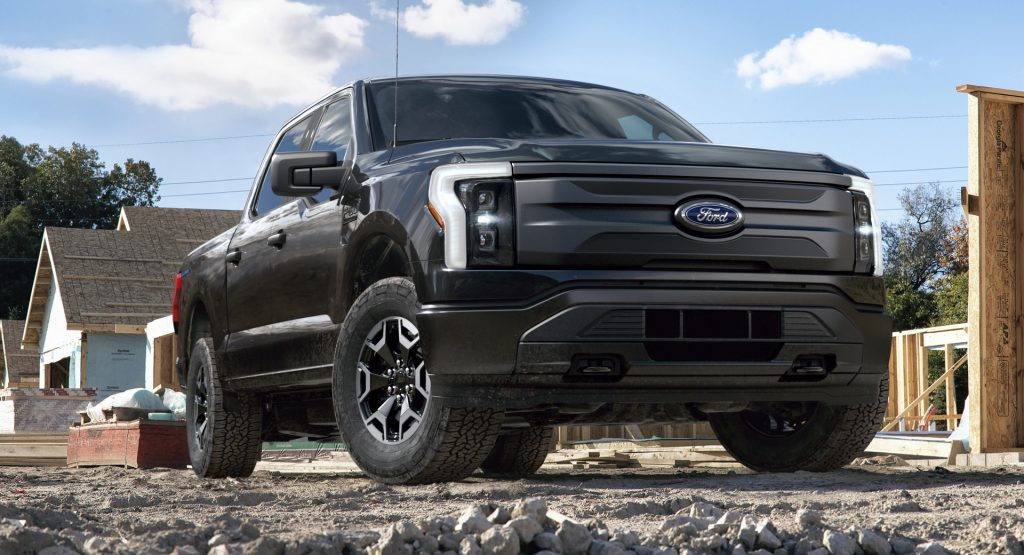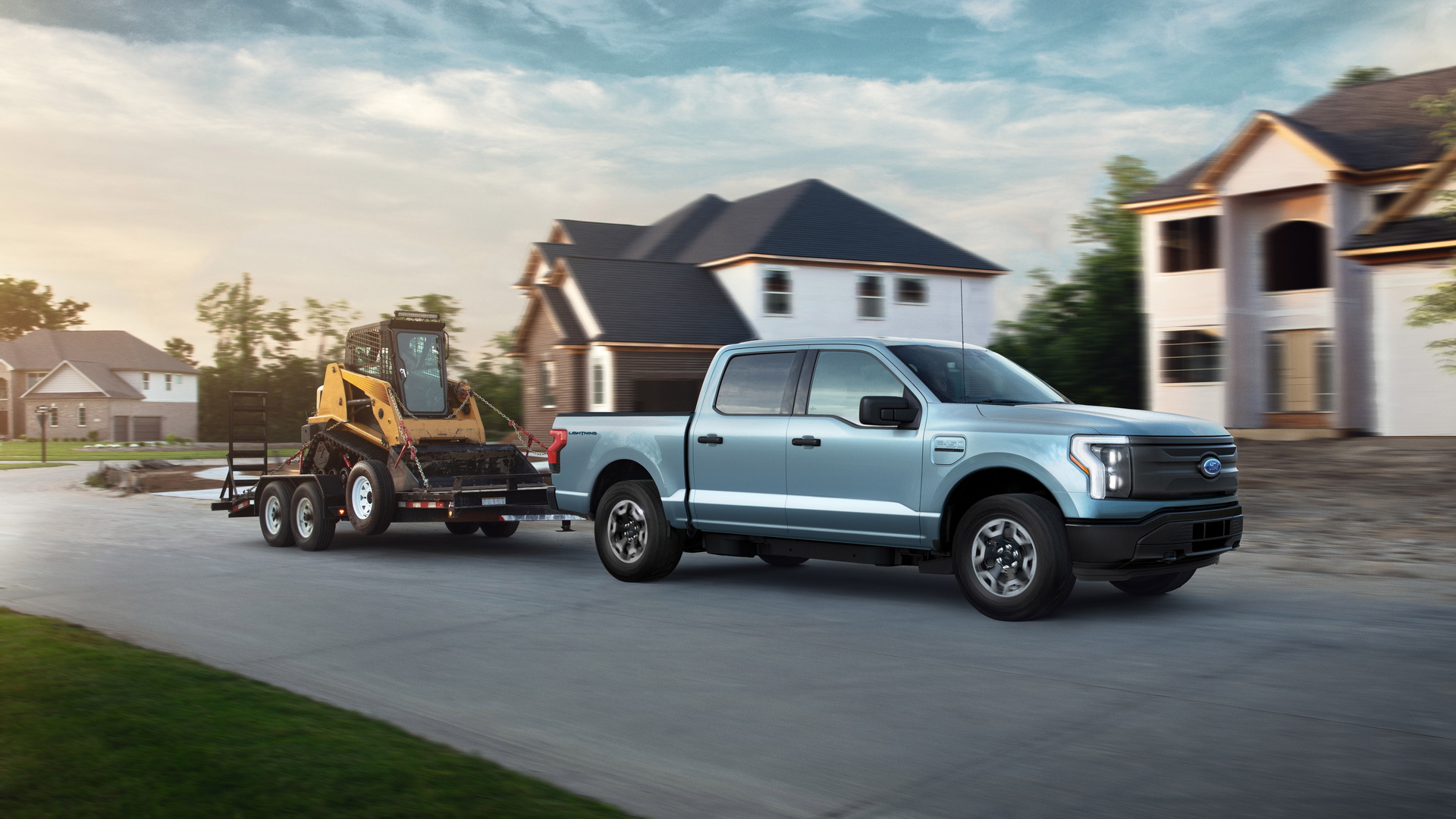Ford plans to become the second-biggest manufacturer of electric vehicles within the next two years. To do that, it estimates that it will have to produce around 600,000 EVs per year.
The Blue Oval thinks it can achieve that thanks in no small part to the huge interest in the F-150 Lightning. Retail reservations for the all-electric pickup truck are approaching 200,000, Lisa Drake, Ford North America’s North America COO, told Reuters.
Speaking at an investor conference, Drake said that Ford is working to create more vertical integration at its plants. That will mean that existing factories that build parts for combustion vehicles will also be able to build parts for EVs. “We haven’t used ‘vertical integration in this industry in a long time,” Drake said, but “you’re going to hear it a lot more.”
Read Also: How Was Ford Able To Keep The F-150 Lightning’s Starting Price Below $40K?
Previously, Ford has said that the reason it can offer the F-150 Lightning at its sub-$40,000 starting price is because of the economies of scale offered to it by its traditionally-powered F-150. Darren Palmer, Ford’s general manager of electric vehicles said, at the time, that removing the price barrier from electric vehicles is crucial to enticing buyers.
In order to fulfill its battery requirements, meanwhile, the automaker says it is working with five battery suppliers globally. They will help Ford develop and produce up to 240 gigawatt-hours of production capacity globally by 2030. Ford is also looking at new cell chemistries and cell-to-pack structural batteries that will help reduce costs. Through that work, Ford expects to get battery prices down to $80 per kilowatt-hour at the battery pack level well before the end of the decade, said Drake.
Ford and BMW have also invested in Colorado’s Solid Power to develop solid-state batteries. The technology is safer and more power-dense than current generation batteries, which will help extend ranges and shorten charging times.






